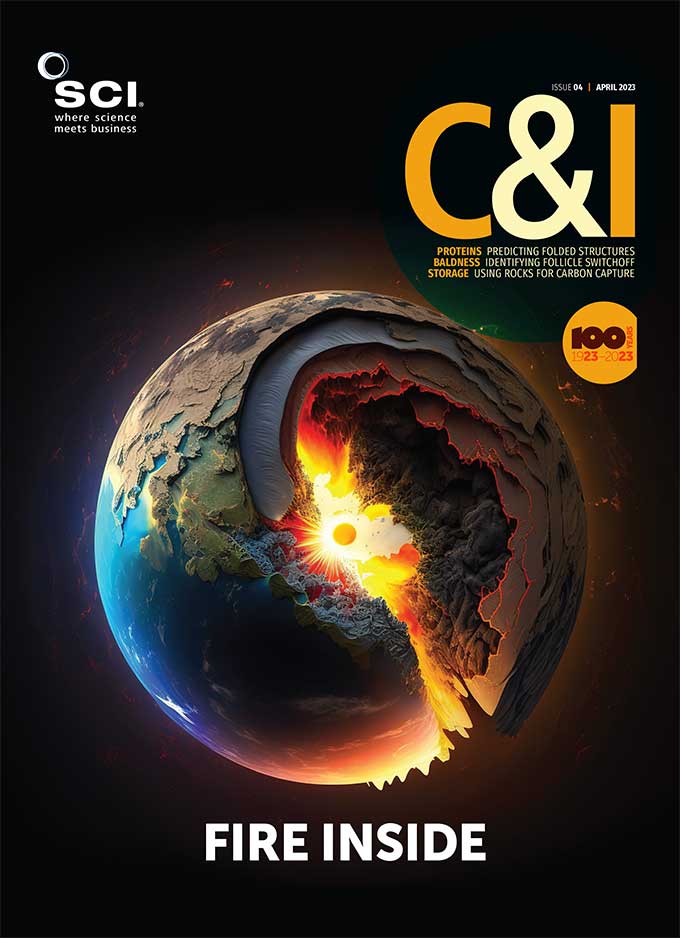Anthony King
The textbook picture of graphene as a flat surface is wrong. Instead, graphene contains nanoripples, which explains why it can act as a strong catalyst, according to Andre Geim at the University of Manchester, UK.
‘We were silly to previously consider graphene as a flat surface,’ says Geim, who shared the Nobel prize in physics in 2010 for his work on graphene. ‘Nothing in our three-dimensional world is entirely flat.’
A new study led by Geim shows that, unlike its parent graphite material, defect-free graphene accelerates the splitting of hydrogen, comparable with the best metal-based catalysts. This is because graphene’s nanoscale ripples serve as active sites for hydrogen splitting (Proc. Nat. Acad. Sci.; doi: 10.1073/pnas.2300481120).
Graphene was previously simultaneously considered both flat and non-flat, Geim says. But nanoripples form naturally in graphene, because it is present in a 3D world or placed on an uneven surface. Graphene monolayers ripple and wrinkle also because of temperature fluctuations and unavoidable local strains.
‘This is important, not just for boffins interested in its electronic properties, but because this can exert dramatic differences, to the extent that inert flat graphene becomes a strong catalyst,’ explains Geim. ‘In terms of chemistry and catalysis, we shouldn’t consider 2D materials to be strictly analogous to surfaces of their bulk materials.’
Graphene is of interest in catalysis because of its huge surface area, allowing efficient support and delivery of catalytically active nanoparticles and functional groups. Also, graphene itself can be easily modified with atomic-scale defects, which could offer active sites for catalysis. In the new study, three complementary sets of experiments demonstrated hydrogen dissociation on pristine graphene.
Nanoripples are likely to play a role in other reactions involving graphene. They may also be important for 2D materials in general, according to the study, pointing out that ripples will be present on other atomically thin crystals. They should be considered in 3D molybdenum disulfide, which is often used as a 3D catalyst, and may show stronger activity in 2D, the new research suggests.
In 2022, researchers including Geim reported that reduced graphene oxide can extract gold ions present in ppm concentrations (Nature Commun.; doi: 10.1038/s41467-022-32204-4). Such an approach might be useful for extracting gold from electronic waste.
‘The word catalyst wasn’t even used in the paper,’ says Geim. ‘We now know that ripples and wrinkles are catalysts for reducing gold from ions to its metallic form.’ The discovery could have applications for splitting hydrogen and in hydrogen-related technologies such as fuel cells.
Chemical engineer Vikas Berry at the University of Illinois, Chicago, US, commented: ‘They performed very elegant experiments with their uniquely designed microcontainers capped with suspended graphene to study its catalytic activity.’ He was surprised to see hydrogen functionalised on graphene at high temperatures.
‘I cannot tell my students that graphene is impermeable to the smallest molecule, hydrogen, anymore,’ adds Berry, whose group studies ripples in graphene, boron nitride and molybdenum disulfide monolayers.





